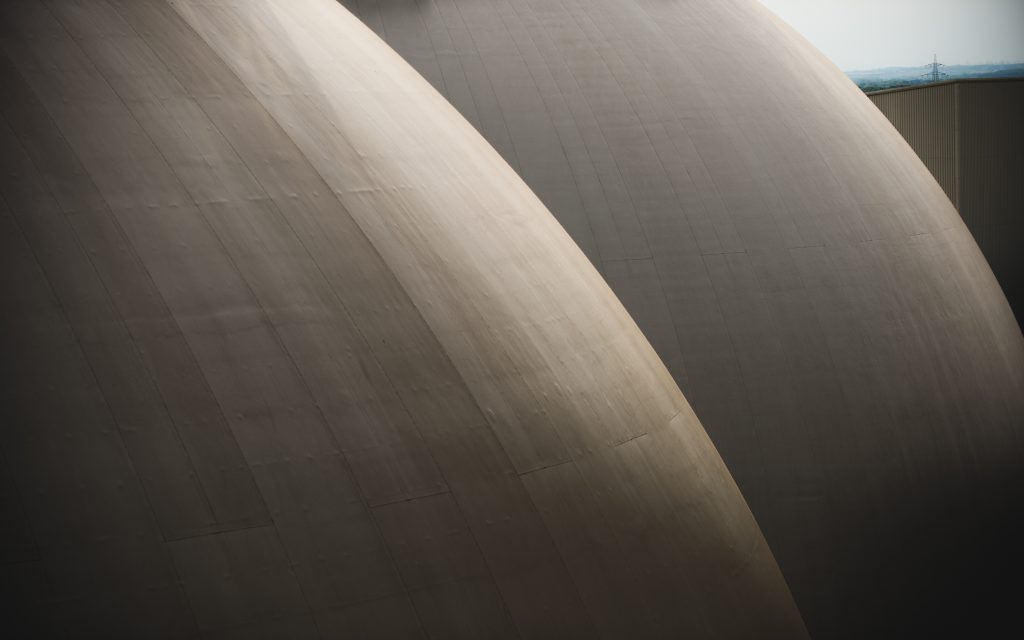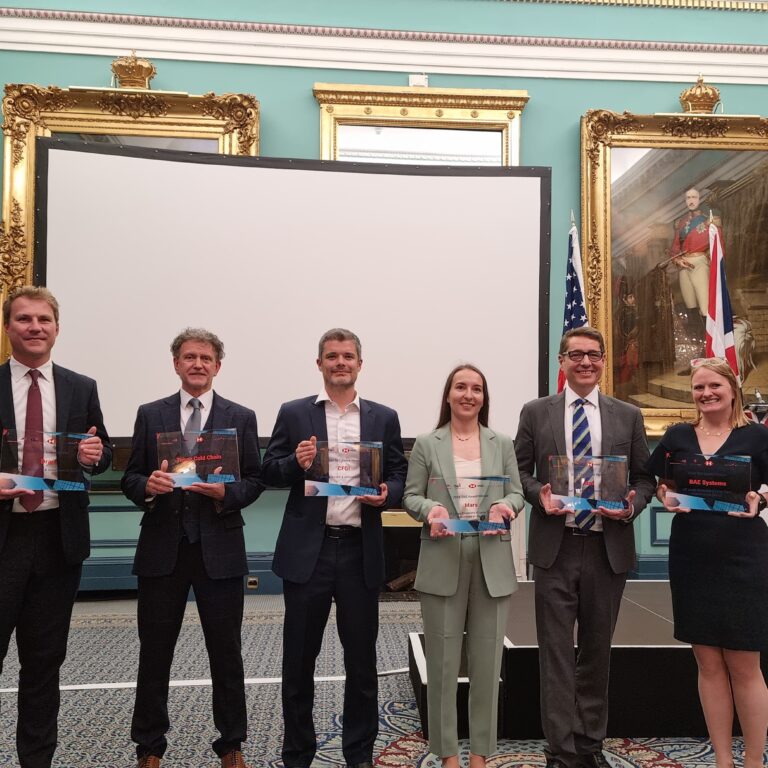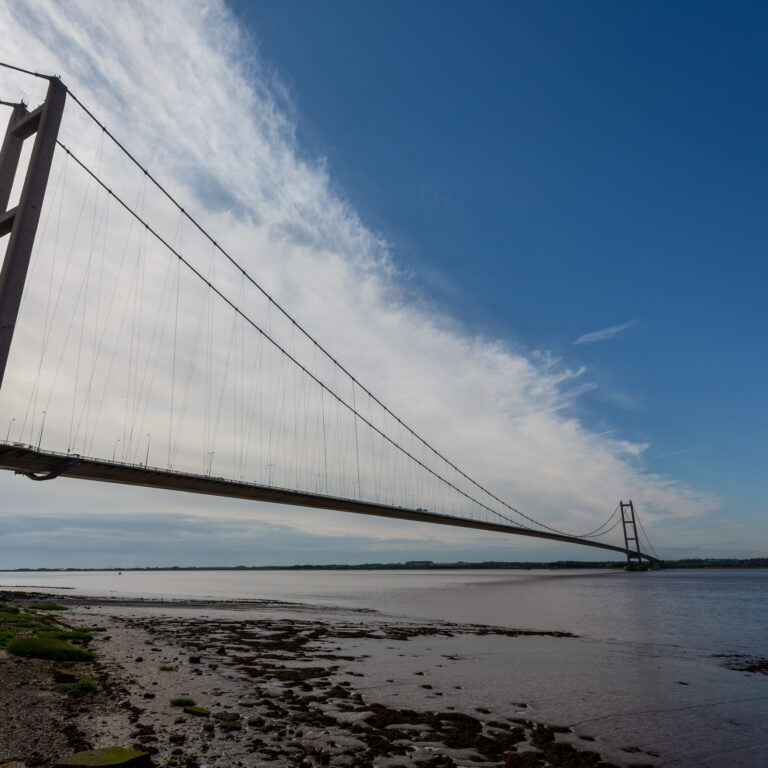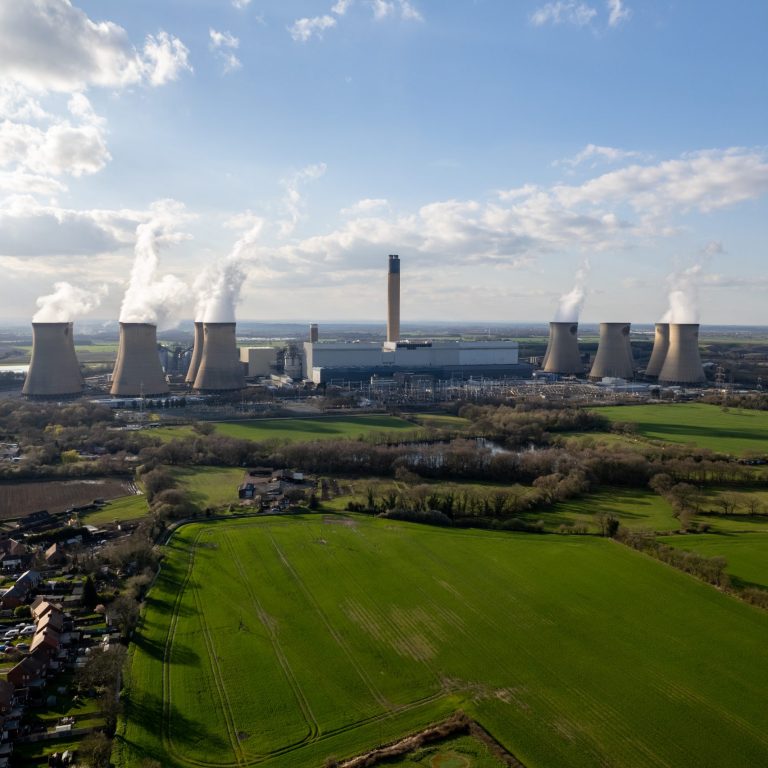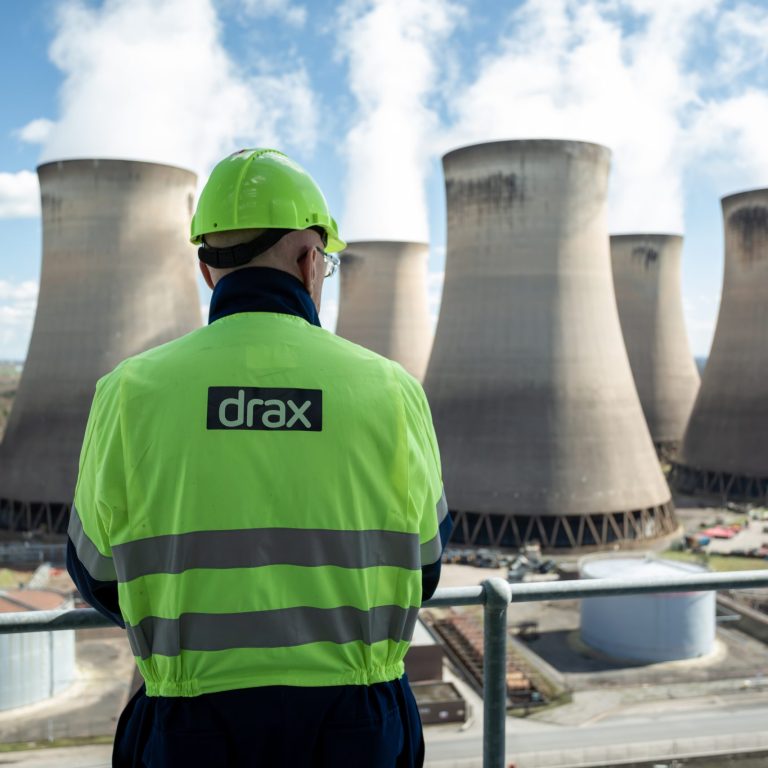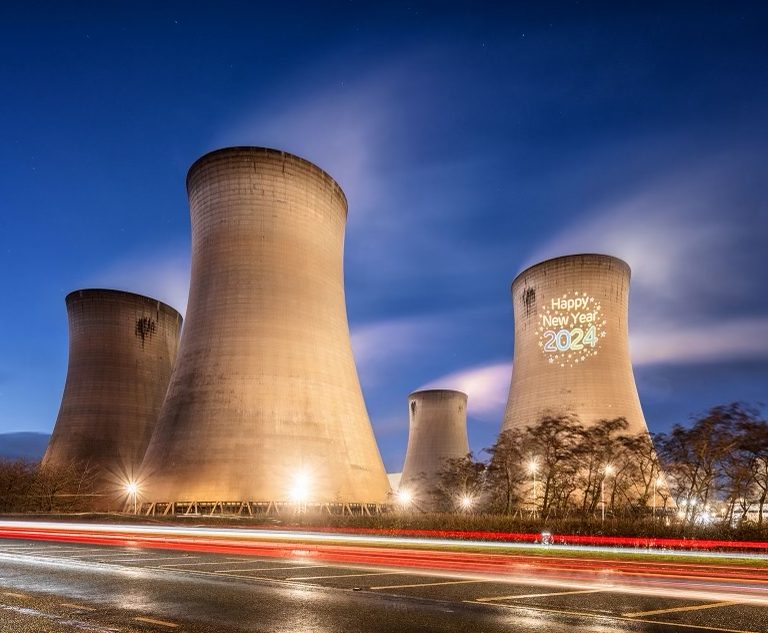There’s more pressure than ever to reduce carbon dioxide emissions from electricity generation. And no one is keener than the team here at Drax Power Station to make it happen. In fact, we’ve been doing it for a decade. But we need the right support to finish the job.
- We upgraded our turbines between 2007-12 to save one million tonnes of CO2 emissions.
- We’ve converted half our station to run on compressed wood pellets instead of coal – reducing emissions by up to 86 per cent.
- Our friends in the North of England have invested millions of pounds to help us make that happen, through building new infrastructure at our landing and loading facilities at the Port of Tyne, the new port at Liverpool, at Hull and at Immingham.
- We’ve designed and commissioned our own rolling stock with Lloyds Register Rail to ensure that the compressed wood pellets can be transported to the power station in the most energy-efficient way possible.
And while many jobs in the North of England are being lost with the planned closure of a number of older coal-fired power stations, we continue to employ over a thousand people directly here in North Yorkshire.
In fact, it’s no exaggeration to say that Drax is a genuine Northern Powerhouse, to borrow a phrase from the Chancellor of the Exchequer.
Which is why we hope he and his colleagues in Government will listen when we say that we’re seriously concerned that the planned auctions for new green energy could result in bill payers missing out on savings of over £2 billion.
The Government has committed to three further renewable energy auctions that will happen over the next few years. The first of them is already planned for later in 2016.
As far as we know, those auctions will only be open to offshore wind and perhaps also something being referred to as ‘less established technologies’.
But independent research published by NERA and Imperial College London suggests that a ‘single technology’ approach could waste a significant amount of money.
The research was commissioned by Drax to establish the ‘true’ cost of the main renewable energy technologies – wind, solar and biomass.
As a result, economists conclude that hard working families and businesses could enjoy significant savings if these auctions were opened up to include other renewables.
But the sun doesn’t always shine and the wind doesn’t always blow. This makes wind and solar intermittent energy technologies. Backup power is needed when the weather’s not right or when demand is high.
Naturally, this standby energy isn’t free. Someone has to pay for it.
But those additional costs are not currently included in the way that the Government calculates how much support the different kinds of renewable energy require.
And the ICL/NERA research shows that when the true costs are added in, offshore wind is actually the most expensive form of renewable energy.
The affordable solution is to convert existing power stations to use compressed wood pellets in place of coal. This balanced approach also allows more offshore wind and solar onto our electricity network without the need for more fossil fuels to provide overall reliability. More biomass conversions can also help the UK end coal by Energy Secretary Amber Rudd’s 2025 target date.
That’s what we mean when we say Drax needs the right support to finish the job. We’re asking the Government to consider the true cost of bringing new renewable capacity on stream. And then to add sustainable biomass to the auctions for new contracts.
That decision could save bill payers up to £2bn. It could safeguard thousands of direct and indirect jobs in Yorkshire and the North of England. And it will give our country the reliable, renewable power we need when others just can’t deliver it.







